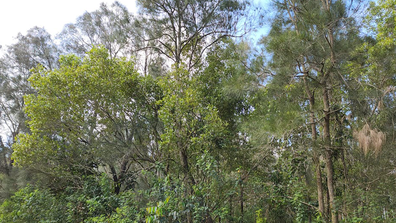Arlo Kohn had been playing in the family backyard on Sunday when he showed his mum two small puncture wounds above his ankle.
There was no reptile in sight but Tirsha Craven’s older son had seen a snake a few days earlier so she wasn’t taking any chances.
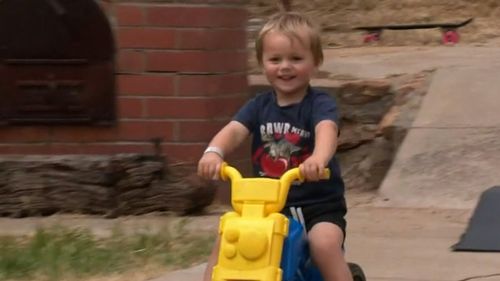
“He asked me to take his shoe off because he said ‘oh, mummy my foot’s sore’ … ,”she said.
“His foot was like a balloon and it was like really had and hot to the touch.
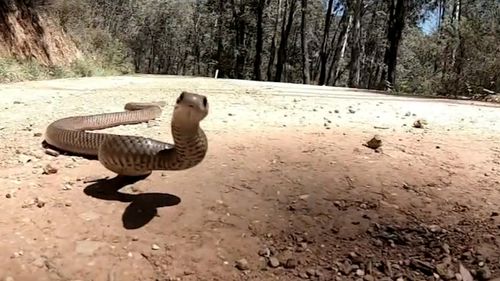
“And then I looked closer and there was two little fang marks and I was like ‘oh, we’re in trouble’.”
By the time Arlo had made the 35-kilometre journey from York, about an hour and 20 minutes east of Perth, to Northam Regional Hospital, the two-year-old had gone limp.
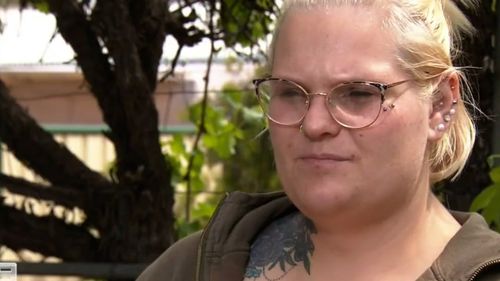
An hour later, venom tests revealed he’d been bitten by one of Australia’s most deadly snakes.
Read Related Also: Cyclist saved by bystanders after suffering heart attack mid-ride
“His blood levels have showed like, deterioration of the muscles and affecting the kidneys, from where the venom’s flushing through,” she told 9News.
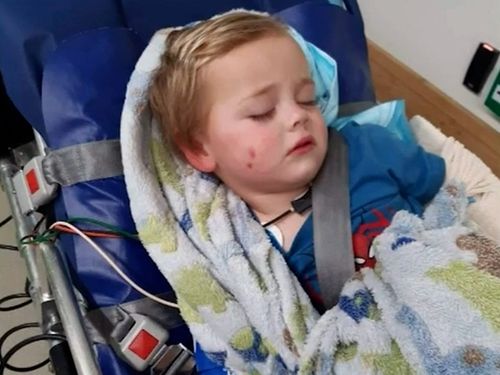
Just two hours after the bite, Arlo was treated with black snake antivenom, used to save bite victims from species including tiger snakes and western browns, which are the most common in WA’s Wheatbelt region.
The family was told it was most likely the western brown, one the world’s deadliest.
Experts said if his mum hadn’t taken such quick action, the outcome could’ve been very different.
As we head into the worst season for snake bites, health authorities say the most important steps are calling triple zero immediately, applying pressure to the wound and not washing the bitten area.


